10 Types of Grass to Consider for Your Lawn
When it comes to creating a lush, green lawn, the types of grass you choose can make all the difference. With a wide variety of grass species available, each with unique characteristics and requirements, it can be challenging to determine which is the best fit for your specific environment and needs.
Whether you’re looking for grass that can withstand heavy foot traffic, one that thrives in shady areas, or a type that requires minimal maintenance, there’s a perfect grass out there for you. In this article, we will explore ten different types of grass, detailing their benefits, ideal growing conditions, and why they might be the best choice for your lawn.
Choosing the Right Grass Types
Selecting the right grass for your lawn is not merely about aesthetics; it also involves understanding your local climate, soil type, and the amount of sunlight your lawn receives. Some grasses are more drought-tolerant, making them ideal for arid regions, while others thrive in cooler, moist environments.
The intended use of your lawn—whether for recreational activities, ornamental purposes, or simply to enhance your home’s curb appeal—should also influence your decision. Investing time in selecting the right type of grass can save you considerable effort and resources in the long run, ensuring that your lawn remains healthy and vibrant year-round.
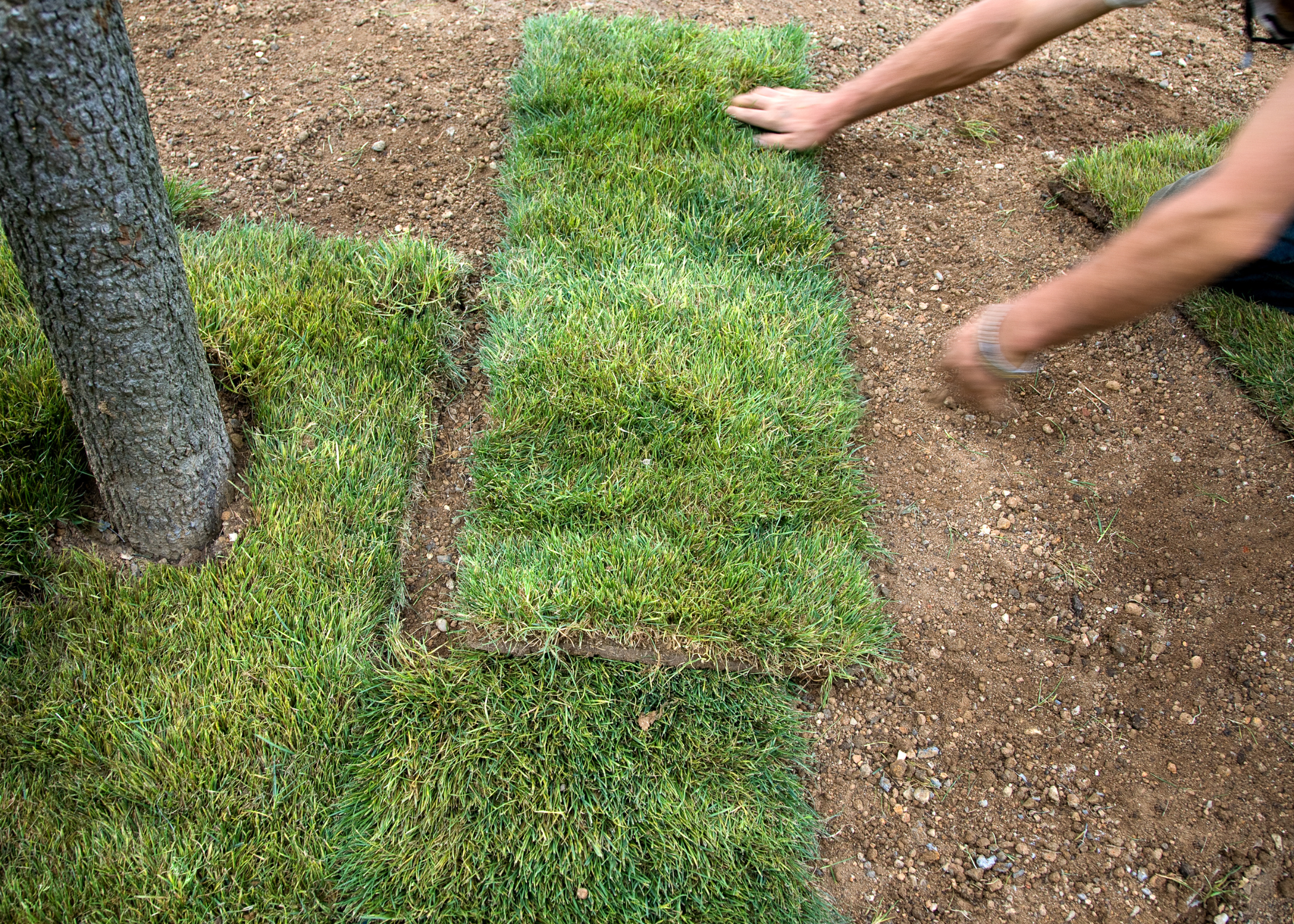
As we dive into the specific characteristics of each grass type, consider your lawn’s unique needs and how each variety might perform in your environment. From the hardy Bermuda grass that flourishes in hot climates to the shade-loving Fine Fescue, there is a diverse range of options to explore.
By the end of this comprehensive guide, you’ll be well-equipped to make an informed decision, ensuring that your lawn is beautiful, sustainable, and easy to maintain.
1. Bermuda Grass
Bermuda grass is renowned for its durability and resilience, making it a popular choice for lawns exposed to heavy foot traffic. It thrives in hot, sunny climates and is exceptionally drought-tolerant, making it an ideal option for regions with long, dry summers. Bermuda grass grows quickly and forms a dense, lush carpet that can outcompete many weeds, reducing the need for chemical treatments.
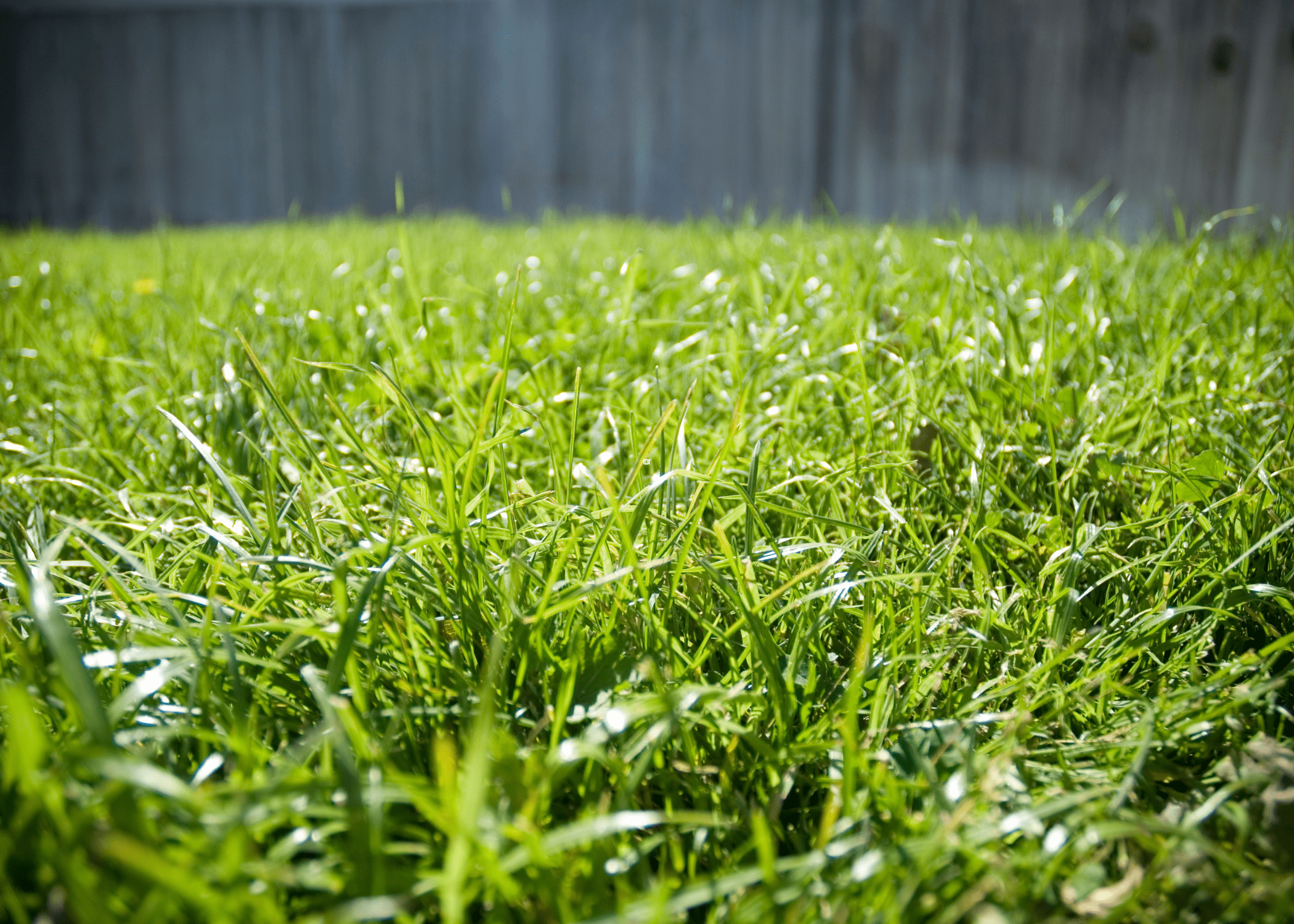
2. Kentucky Bluegrass
Kentucky Bluegrass is one of the grass types celebrated for its rich, dark green color and fine texture. It is best suited for cooler climates and performs well in well-drained, fertile soils. This grass type is ideal for high-traffic areas, such as sports fields and residential lawns, due to its ability to recover quickly from damage. Kentucky Bluegrass forms a dense sod that is both aesthetically pleasing and functional.
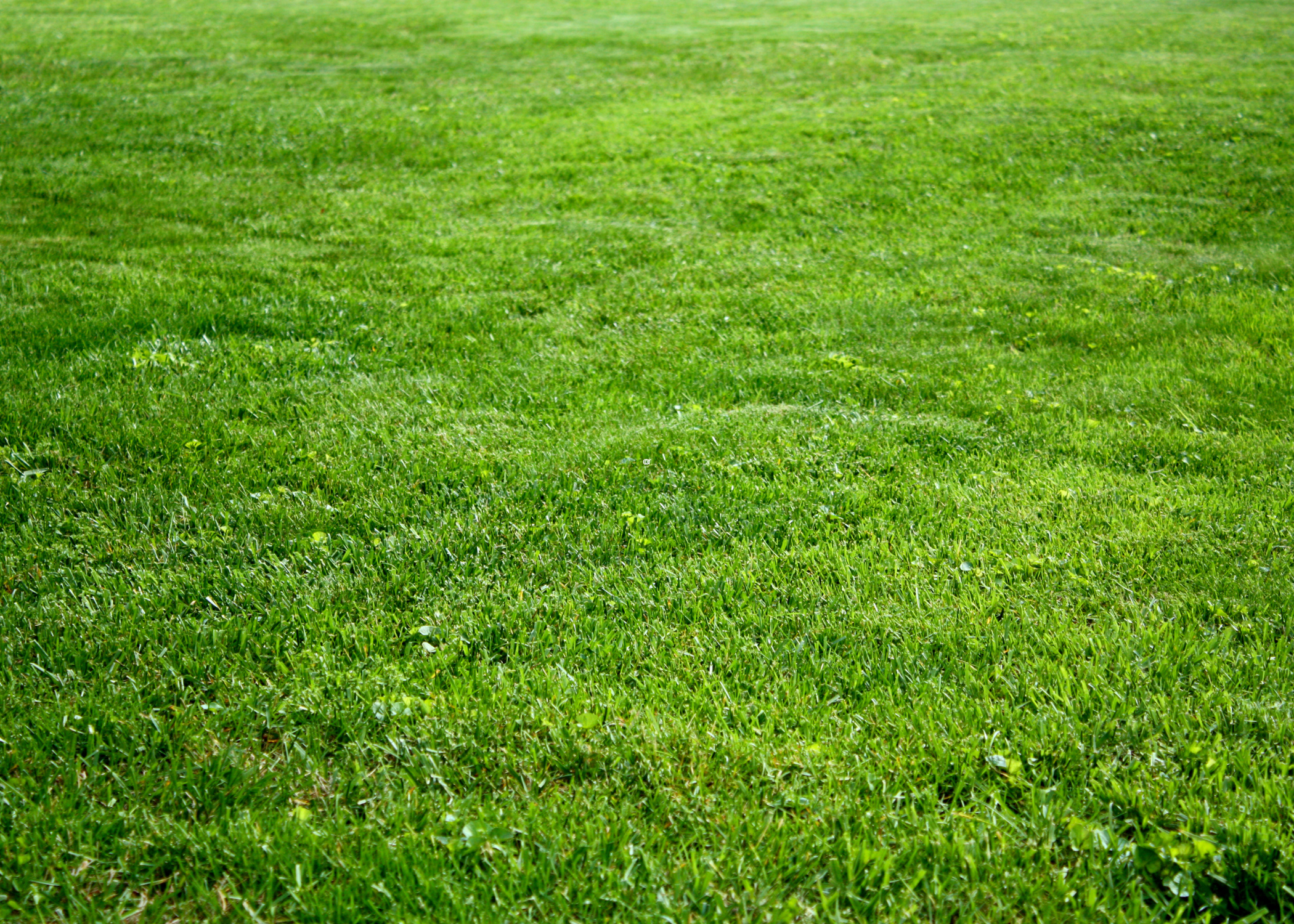

3. Zoysia Grass
Zoysia grass is a versatile warm-season grass known for its ability to thrive in a variety of soil types and conditions. It is highly drought-resistant and can tolerate both sun and partial shade, making it a flexible choice for many lawns. Its slow growth rate means less frequent mowing and maintenance, making it an excellent option for busy homeowners.
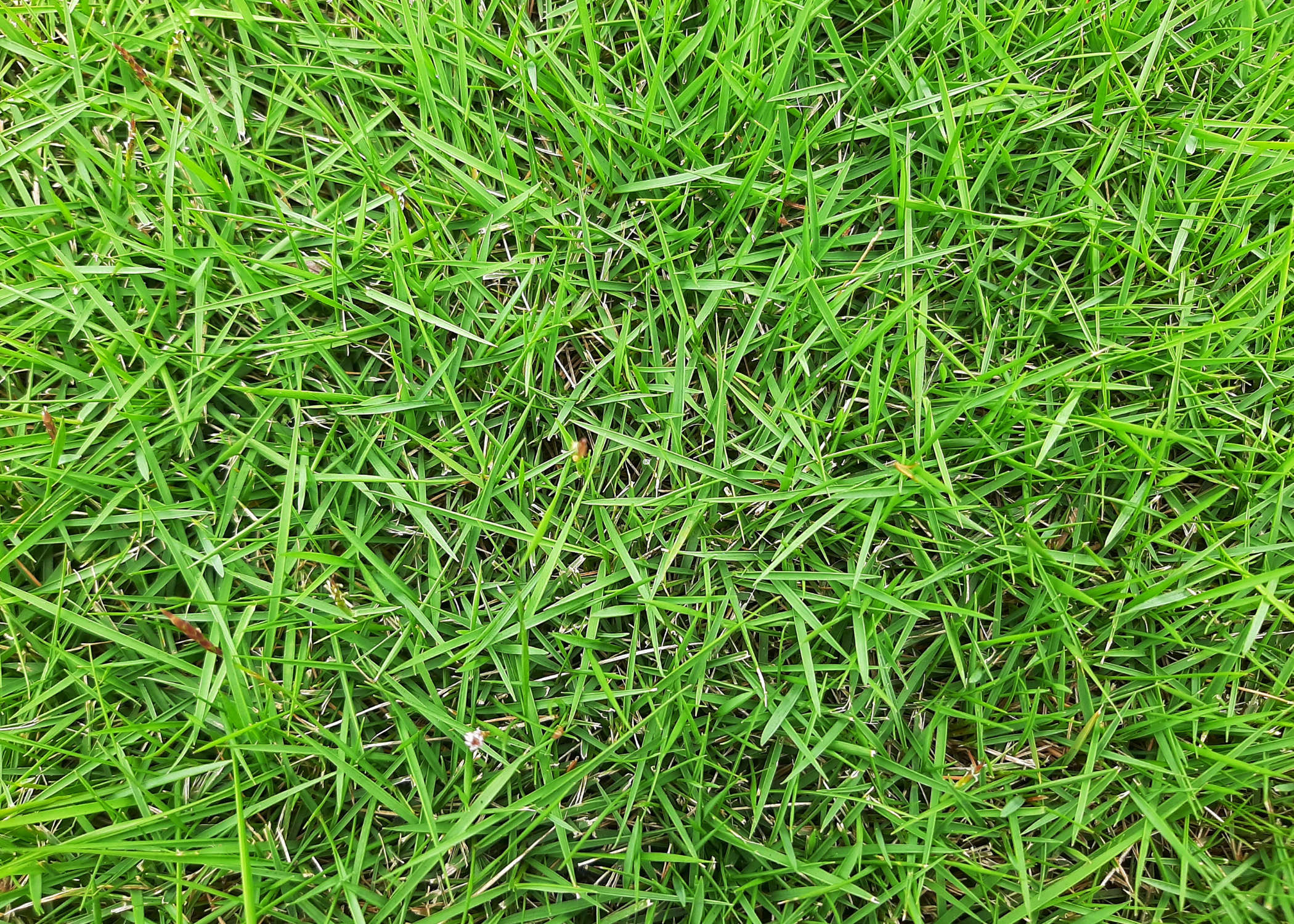
4. Fescue Grass
Fescue is a cool-season grass that comes in several types, including Fine Fescue and Tall Fescue. It is well-suited for shaded areas and can tolerate a range of soil conditions. Fine Fescue is known for its fine blades and low maintenance requirements, while tall fescue is more robust and can withstand moderate foot traffic. Fescue grass is a great choice for homeowners looking for a low-maintenance lawn that remains green throughout the year.
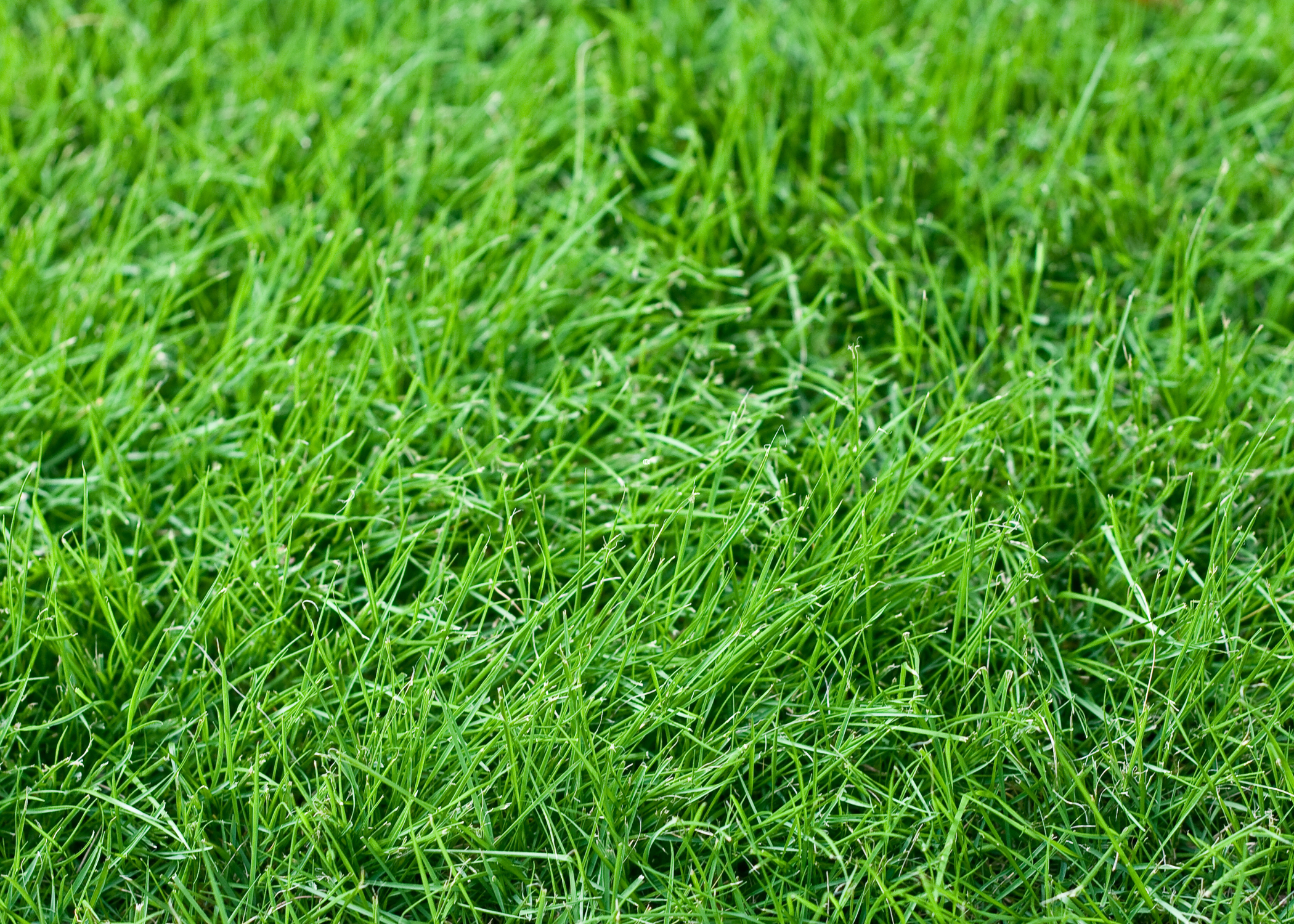
5. Centipede Grass
Centipede grass is a low-maintenance, warm-season grass that thrives in acidic, sandy soils. Unlike some other types of grass, it is well-suited for the southeastern United States and requires minimal fertilization and mowing. Centipede grass forms a dense, weed-resistant turf that remains green through the summer and into the fall, making it an attractive option for homeowners seeking a low-effort lawn.
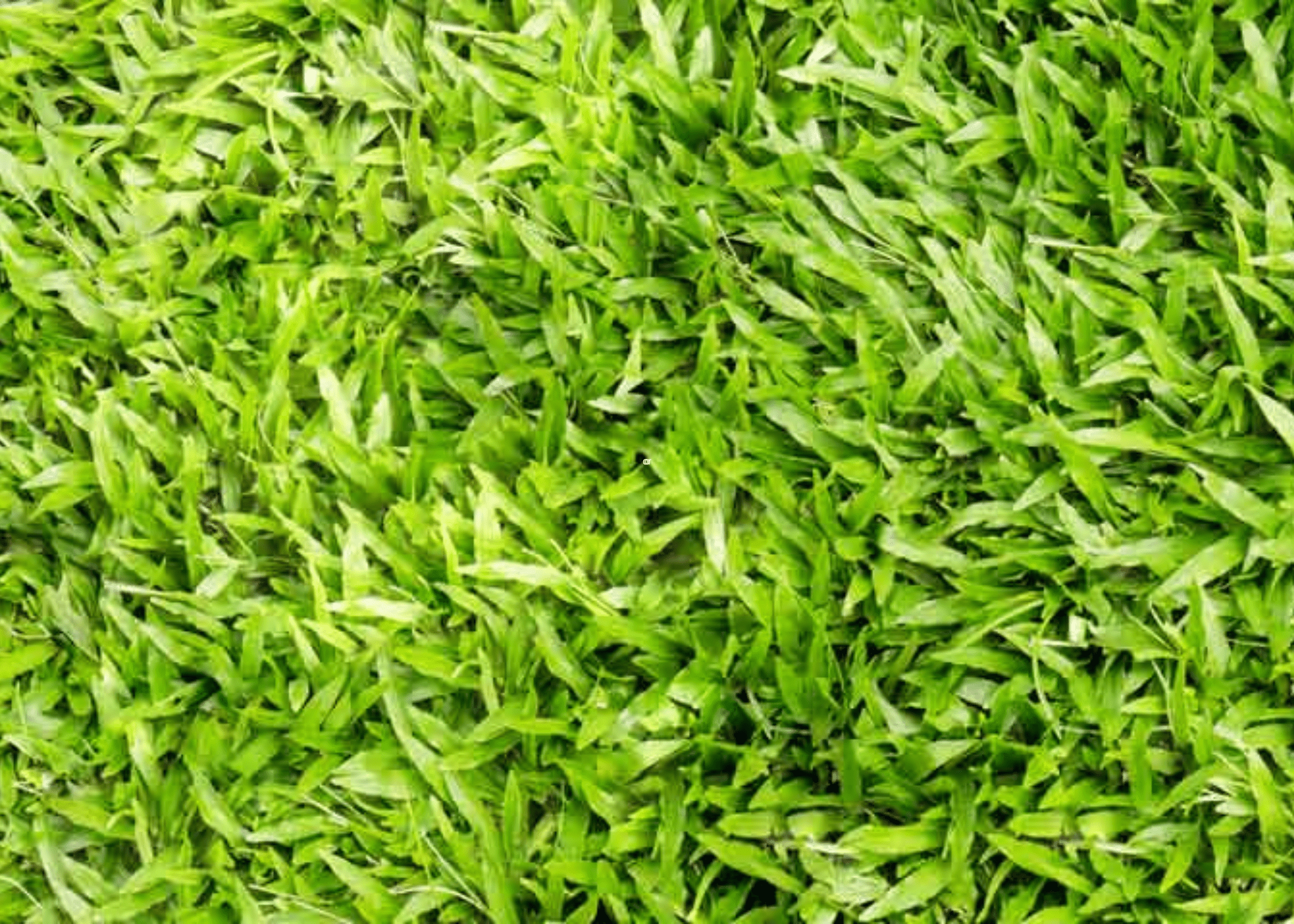
6. Ryegrass
Ryegrass is a fast-germinating, cool-season grass often used for overseeding warm-season lawns to maintain their green color during winter. It is highly adaptable and can thrive in a variety of soil types. Ryegrass is also known for its fine texture and bright green color, making it a popular choice for golf courses and ornamental lawns. It does, however, require regular mowing and watering to maintain its appearance.
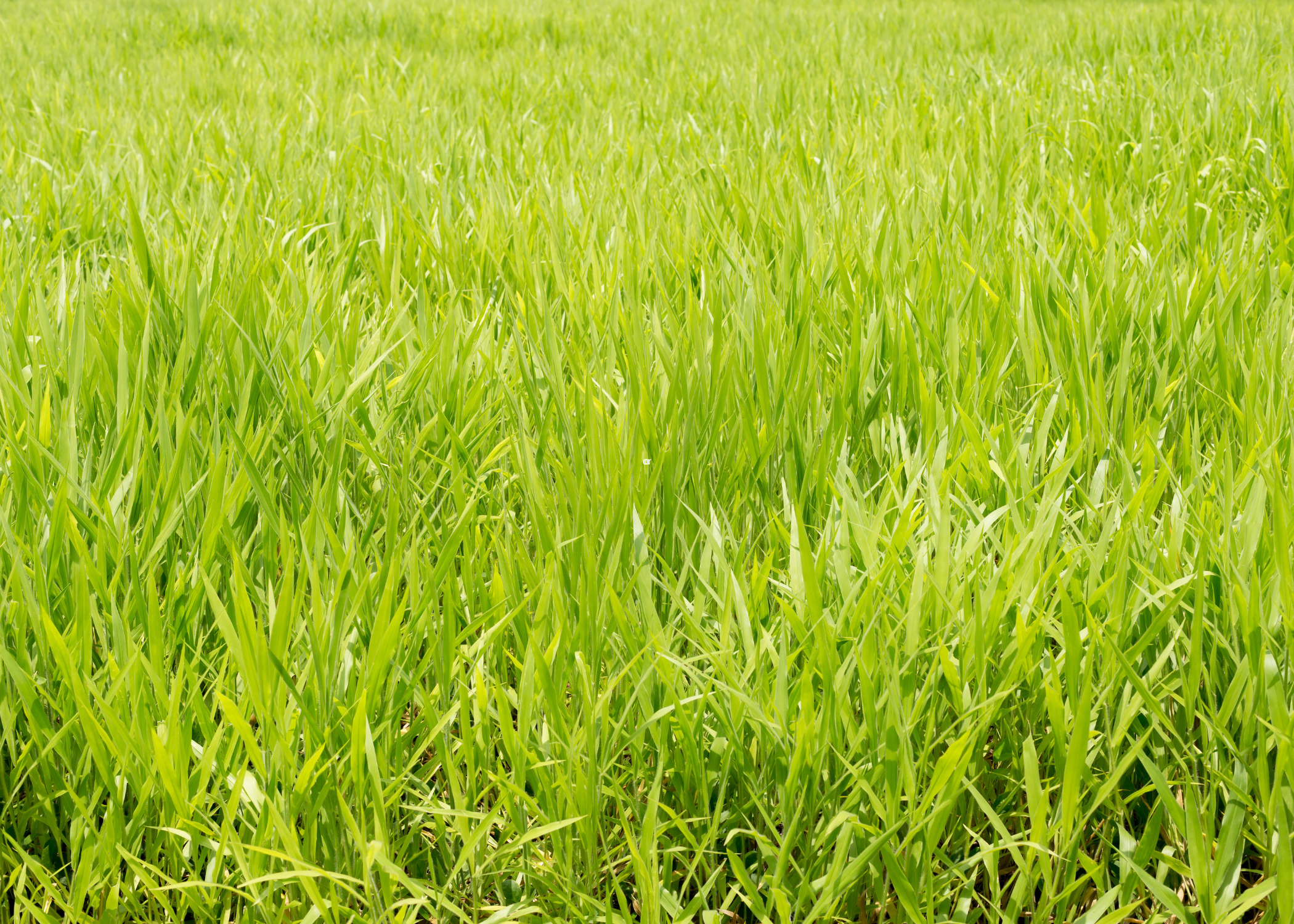
7. St. Augustine Grass
St. Augustine grass is a warm-season grass that performs exceptionally well in coastal regions and areas with sandy soils. It is known for its broad, coarse blades and vibrant green color. St. Augustine grass is highly tolerant of salt, making it ideal for coastal areas, and can thrive in both sun and partial shade. It requires regular watering and fertilization to maintain its lush appearance but is otherwise relatively low-maintenance.
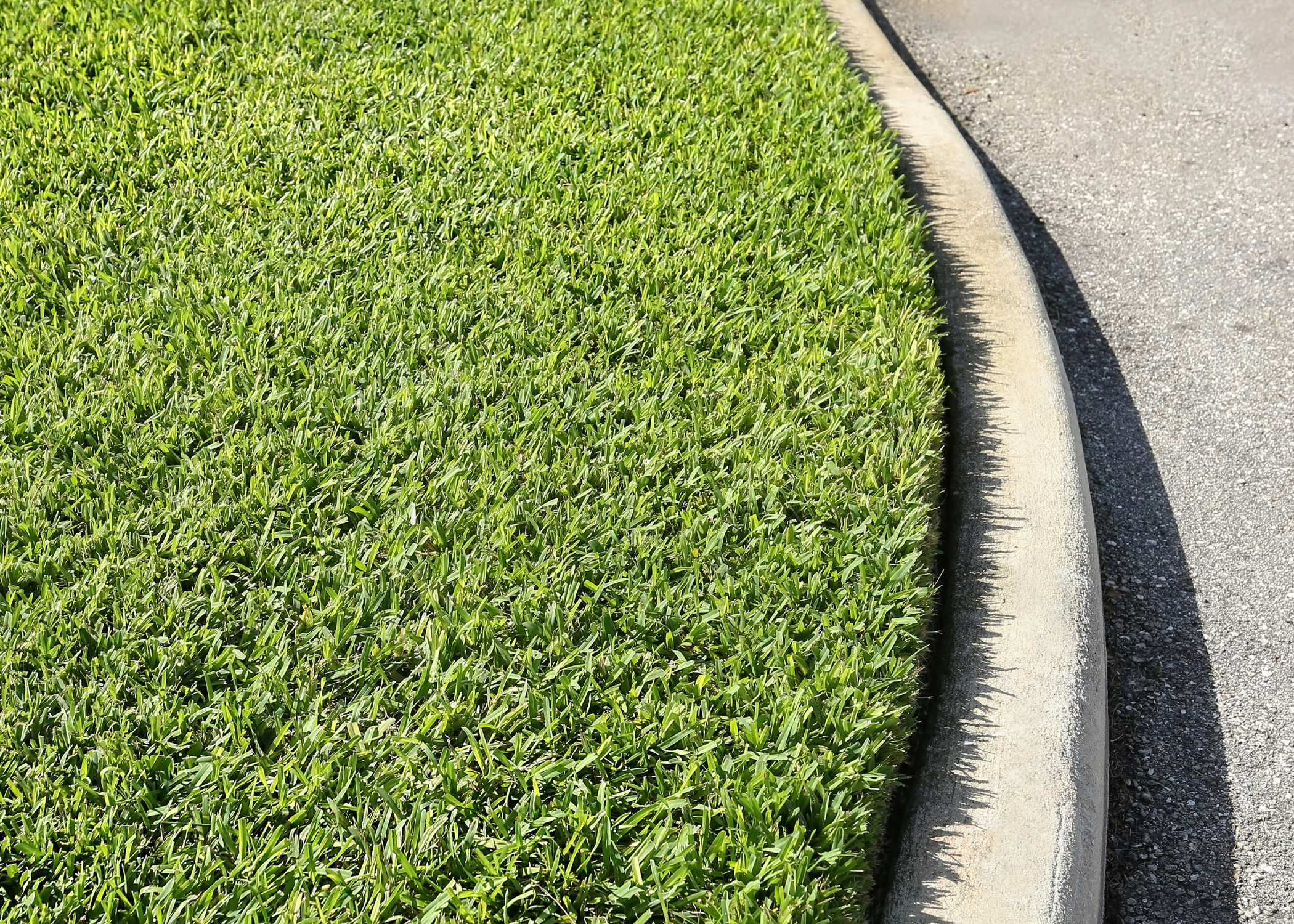
8. Bahia Grass
Bahia grass is a hardy, warm-season grass that is well-suited for hot, dry climates and sandy soils. It is highly drought-tolerant and requires minimal fertilization, making it an excellent choice for low-maintenance lawns. Bahia grass has coarse blades and forms a dense, durable turf that can withstand moderate foot traffic. It is an ideal option for homeowners looking for a resilient lawn that requires minimal care.
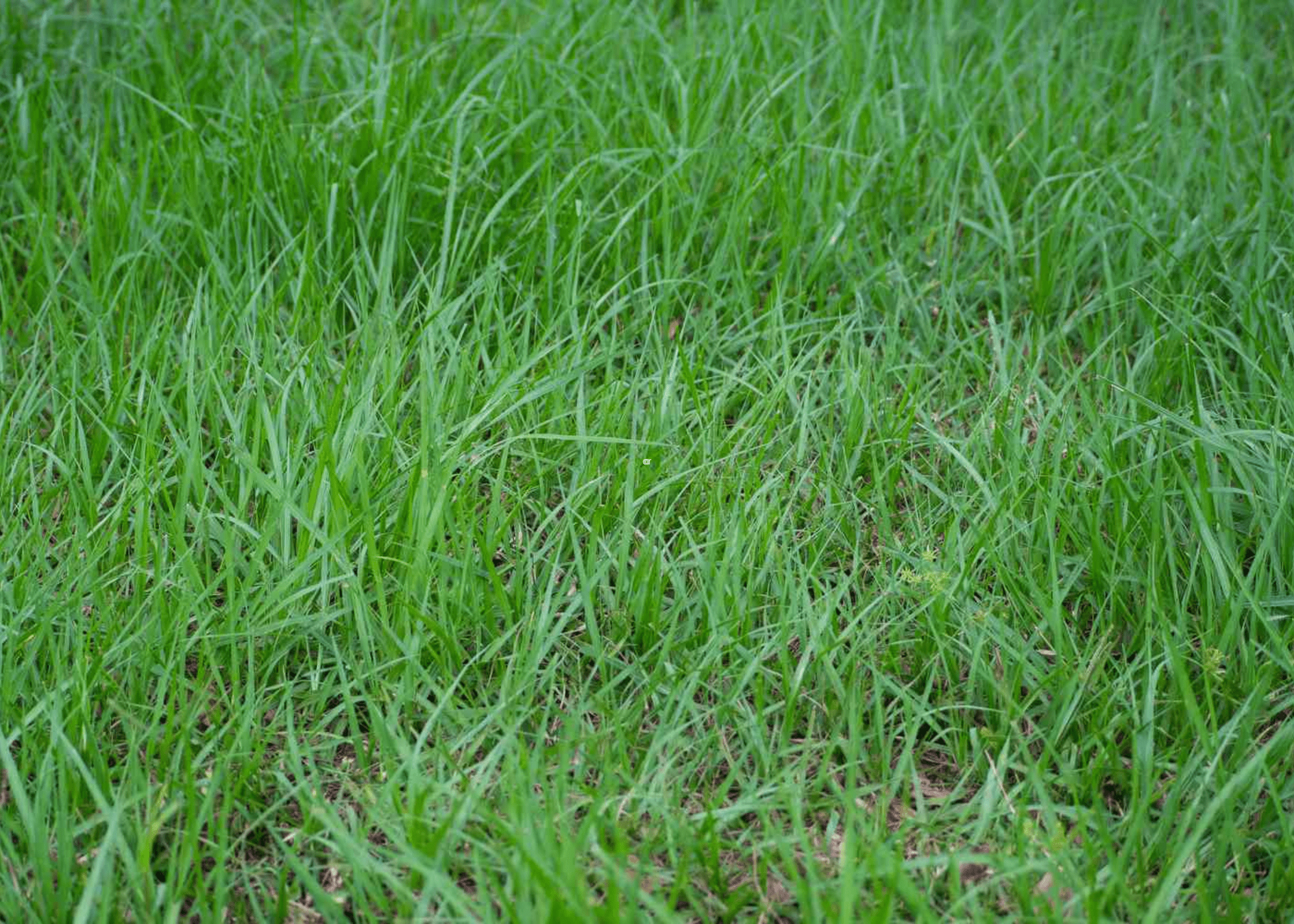
9. Bentgrass
Bentgrass is a cool-season grass type that is often used for golf course greens due to its fine texture and ability to form a smooth, dense turf. It thrives in cooler climates and well-drained soils. Bentgrass requires regular mowing and maintenance to keep its appearance, but its lush, green color and fine blades make it an attractive option for ornamental lawns and high-traffic areas.
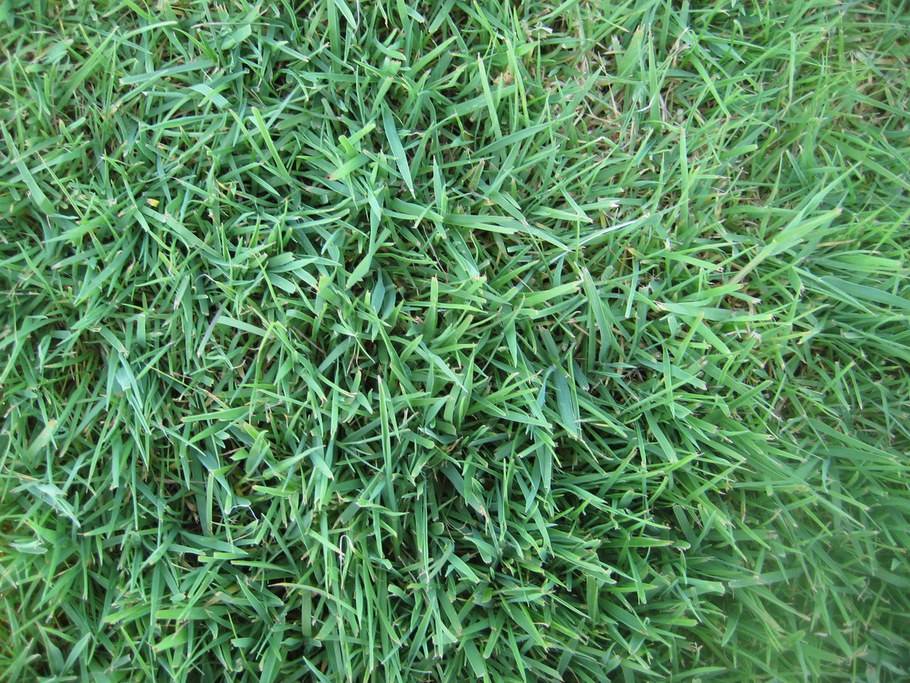
10. Buffalo Grass
Buffalo grass is a warm-season grass native to North America known for its exceptional drought tolerance. It thrives in sunny, dry conditions and requires minimal watering and maintenance, making it stand out from other grass types. Buffalo grass has a fine texture and forms a soft, dense turf that is both attractive and functional. It is an excellent choice for eco-friendly lawns and areas with limited water resources.
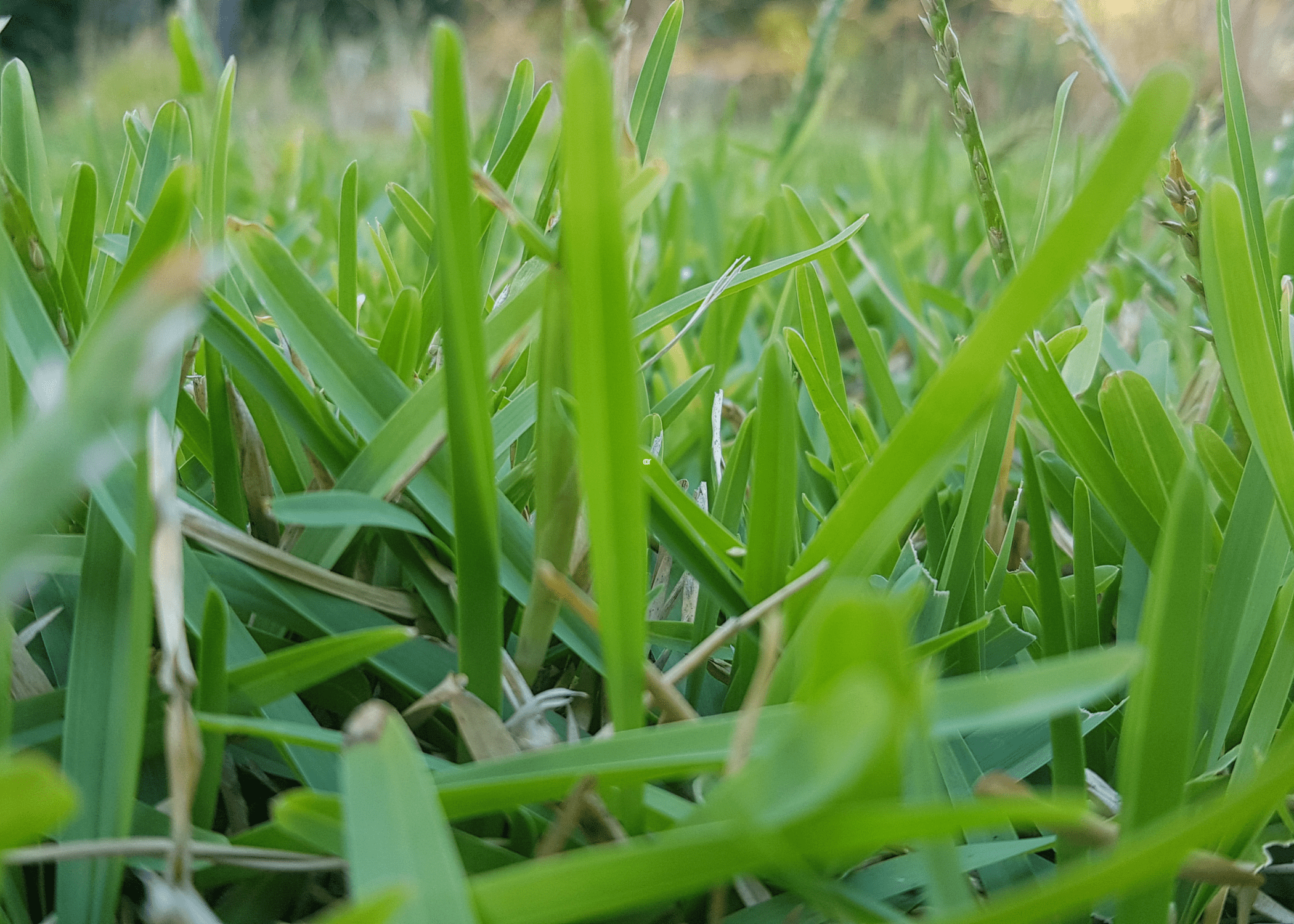
Related Articles
- Baking Soda Is a Great DIY Weed Killer
- Topdressing Your Lawn Is The Best Way To Ensure Thriving Grass
- How to Aerate Your Lawn to Achieve a Healthier Yard
Choosing the right types of grass for your lawn can make all the difference in achieving a healthy and vibrant yard. Explore our comprehensive guide to find the perfect match for your landscaping needs, ensuring a lush and beautiful lawn year-round. Whether you’re considering Bermuda, Kentucky Bluegrass, or Zoysia, make an informed decision that suits your climate and maintenance preferences for a lasting green oasis.
Ready to start your next project? Join our DIY community to receive tool tips, how-to guides, and exclusive creative insights. Subscribe to the ManMadeDIY newsletter now! Click here to unlock a world of hands-on inspiration.
Frequently Asked Questions (FAQs)
What is the best type of grass for a low-maintenance lawn?
Centipede grass and Buffalo grass are both excellent choices for low-maintenance lawns due to their minimal watering and fertilization requirements.
Which grass types are best for hot, dry climates?
Bermuda grass, Zoysia grass, and Bahia grass are well-suited for hot, dry climates due to their drought tolerance and resilience.
What grass is best for shaded areas?
Fine Fescue and St. Augustine grass are both good options for shaded areas, as they can thrive in partial shade.
How do I choose the right grass for my lawn?
Consider your local climate, soil type, amount of sunlight, and intended use of the lawn. For the best results, choose a grass type that matches these conditions.
Can I mix different types of grass in my lawn?
Yes, mixing different types of grass can create a more resilient and versatile lawn. However, ensure that the grass types have similar water, sunlight, and soil requirements.
How often should I mow my lawn?
The mowing frequency depends on the type of grass and its growth rate. Generally, lawns should be mowed once a week during the growing season.









